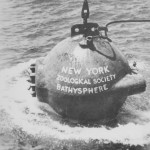 Spending months working with historical photos from a specific collection almost creates an illusion that one may have participated in the scenes depicted in these prints. This notion particularly holds strong when carefully scanning and assigning appropriate metadata to historical photos from scientific research expeditions in beautiful locales filled with wondrous wildlife. Having the privilege to spend my photo archives internship working with many prints from the famous Bathysphere dives conducted by William Beebe and Otis Barton provided me with an imaginary tropical escape while also teaching me invaluable metadata skills.
Spending months working with historical photos from a specific collection almost creates an illusion that one may have participated in the scenes depicted in these prints. This notion particularly holds strong when carefully scanning and assigning appropriate metadata to historical photos from scientific research expeditions in beautiful locales filled with wondrous wildlife. Having the privilege to spend my photo archives internship working with many prints from the famous Bathysphere dives conducted by William Beebe and Otis Barton provided me with an imaginary tropical escape while also teaching me invaluable metadata skills.
Led by the famed naturalist William Beebe, the Department of Tropical Research (DTR) of the New York Zoological Society conducted scientific research expeditions to Bermuda from 1929 to 1934. These centered around the Bathysphere, a 2.25-ton steel ball in which Beebe and the Bathysphere’s engineer, Otis Barton, made a series of record-setting dives to observe the ocean’s depths. In addition to Beebe and Barton, a variety of people worked to make this monumental feat possible. The DTR staff included researchers John Tee-Van, Gloria Hollister, and Jocelyn Crane, as well as artists Else Bostelmann, Helen Tee-Van, and George Swanson, who illustrated the hundreds of fish and invertebrate species that the research team collected, as well as the ones that Beebe described seeing in the depths of the ocean. This notion of using artists to advance scientific research was eye-opening to me. Every single person on this research team contributed unique skills and specific qualities essential to the safety and success of completing these historical dives in the ocean.
Perhaps due to my zoological undergraduate degree and having to spend years in classroom laboratories, my favorite aspect of working with these historical photos was seeing the research laboratory set-up in Nonsuch Island, Bermuda shown in these prints. Since my laboratory experiences were not nearly as charming as those depicted in these historical photos, it was wonderful to see the close proximity these artists and scientists had to the natural environment around them. Scientists dissected and researched the many specimens brought back to the laboratory from the dives conducted off the coast of Bermuda while artists drew and painted these specimens to close perfection.
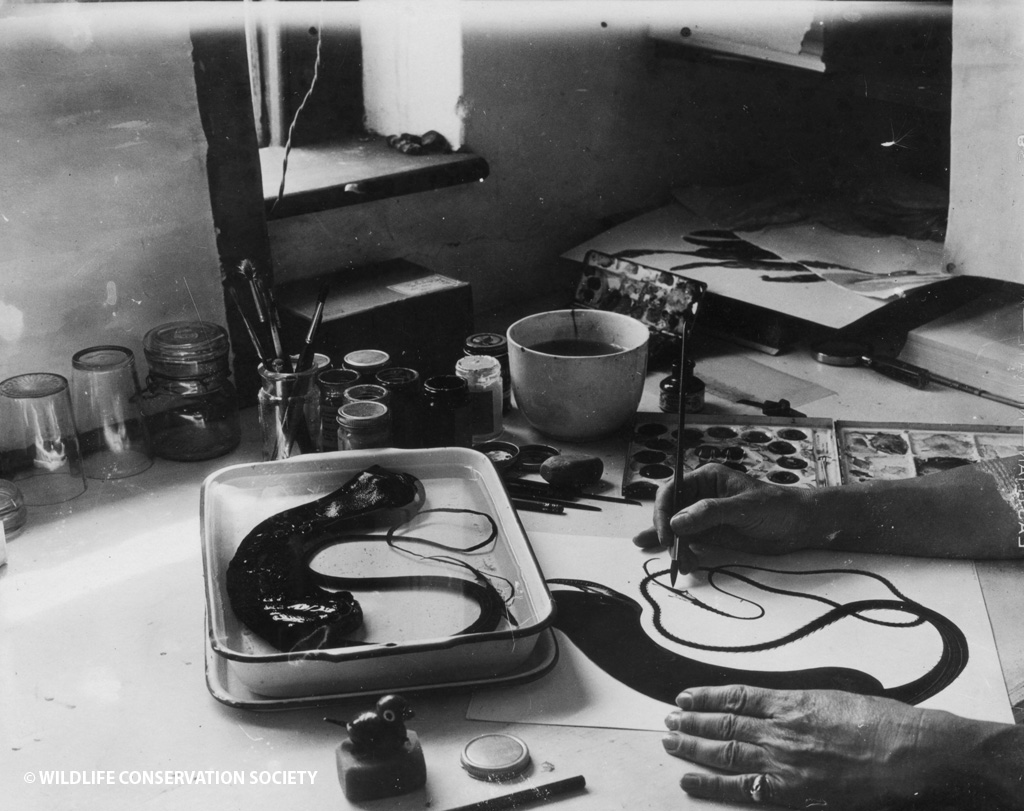
Else Bostelmann paints deep sea gulper eel from specimen, Nonsuch Island, Bermuda, 1930s. WCS Photo Collection
This teamwork by the scientists and artists out on the ocean and within the laboratory was an inspirational way to experience the past because so often today there seems to be a divide between these realms. All of the DTR staff worked diligently and precisely on making sense of the scientific research coming out of this laboratory, but at the same time, as some of the photos show, they also had fun together by enjoying the natural beauty surrounding them. While these people worked countless hours with specimens and equipment, they also spent time away from the ship and research laboratory by soaking up the sun and swimming in the waters surrounding the tropical island.
While my work here at the Wildlife Conservation Society Archives required diligence and precision, there were never moments that the work seemed like work because this challenging experience was fun. Perhaps this is how William Beebe and his researchers felt about their experiences working with the Bathysphere and in the research laboratory at Nonsuch Island, Bermuda. When someone is doing something of great interest that provides happiness, then no real work needs to be done. These brave and curious researchers not only provided us with a wealth of scientific information from deep within the ocean, but they also provided me with an exceptional and rewarding internship experience that always brought a smile to my face–almost as if there was a picture being taken of me.
This post was written by Holly Birk, who worked during Summer 2014 as the Photo Archives & Digital Asset Management Intern at the WCS Archives. She is an M.S.L.I.S. candidate at Pratt Institute and also has a B.S. in Zoology from The Ohio State University. Holly is particularly interested in working for special or academic libraries upon completion of her graduate studies next year.
Come visit the Bathysphere and see some of the Department of Tropical Research artwork this summer at the New York Aquarium! The exhibition Drawn from the Depths, curated by Katherine McLeod, opens Friday, August 15, 2014, and the Aquarium is hosting a special NYA@Night that evening. For more information and tickets, visit NYA@Night.

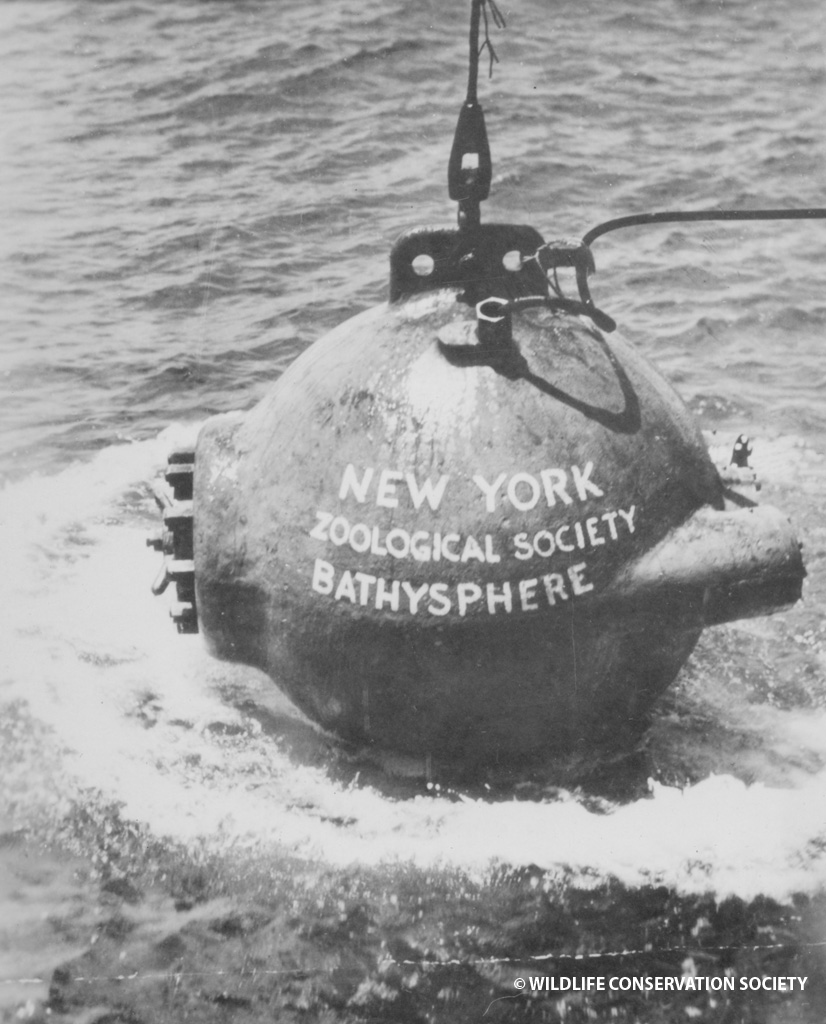
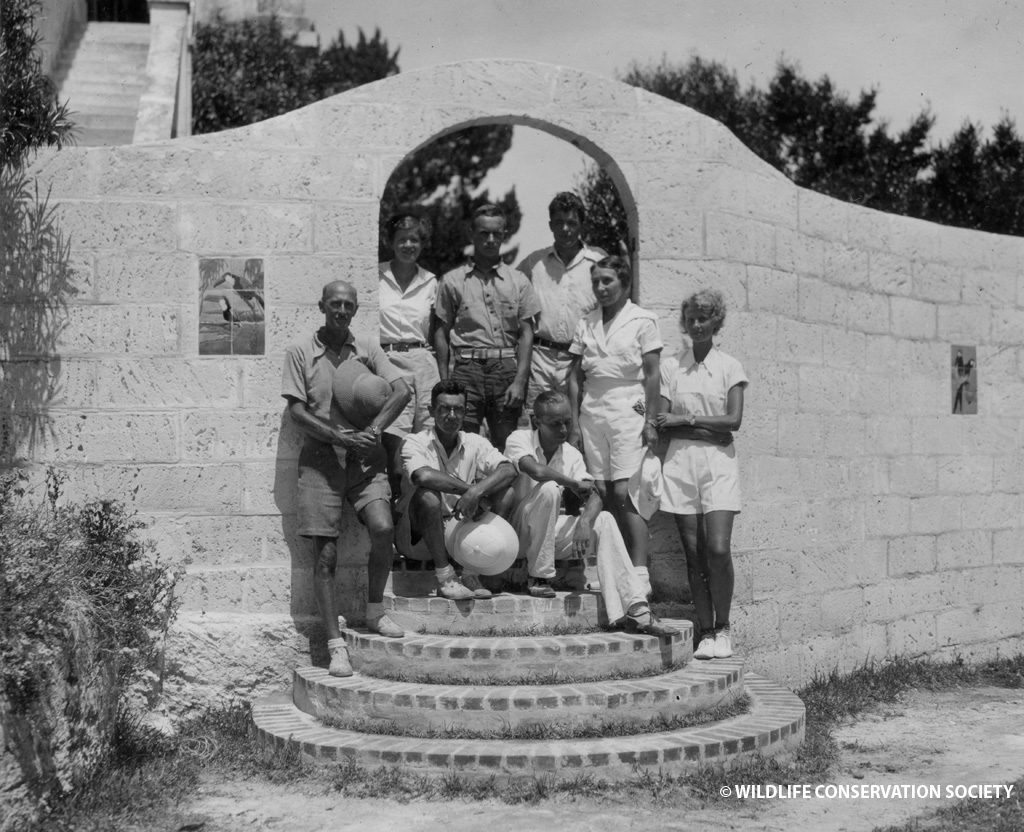
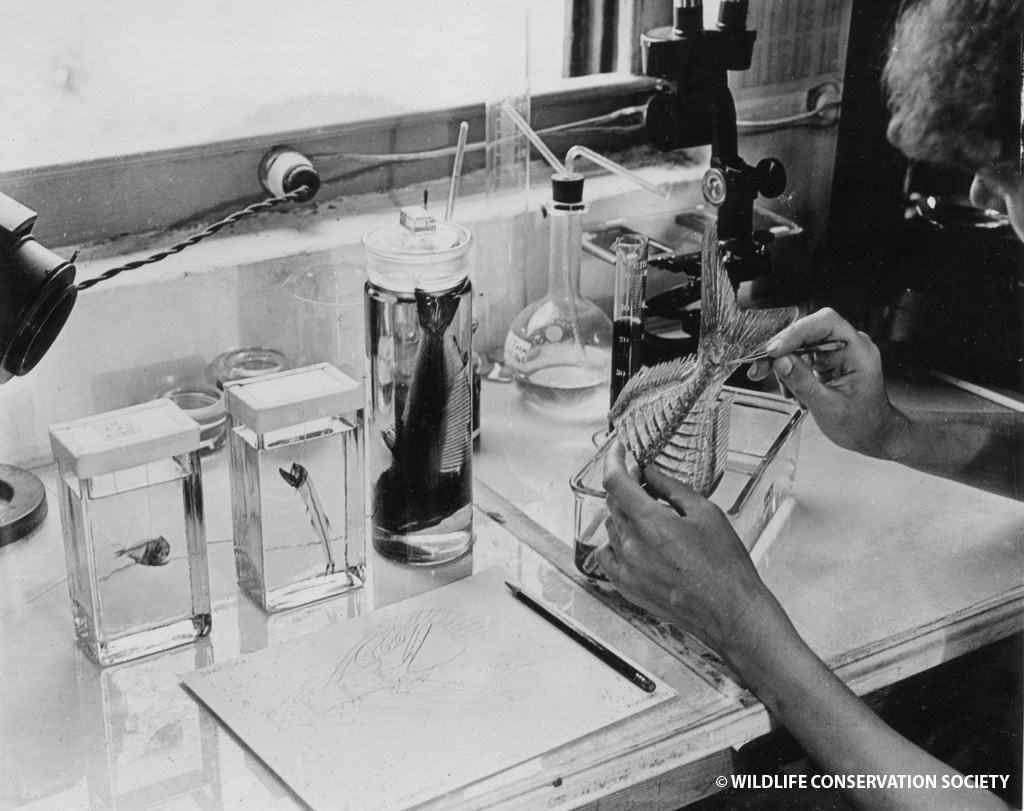
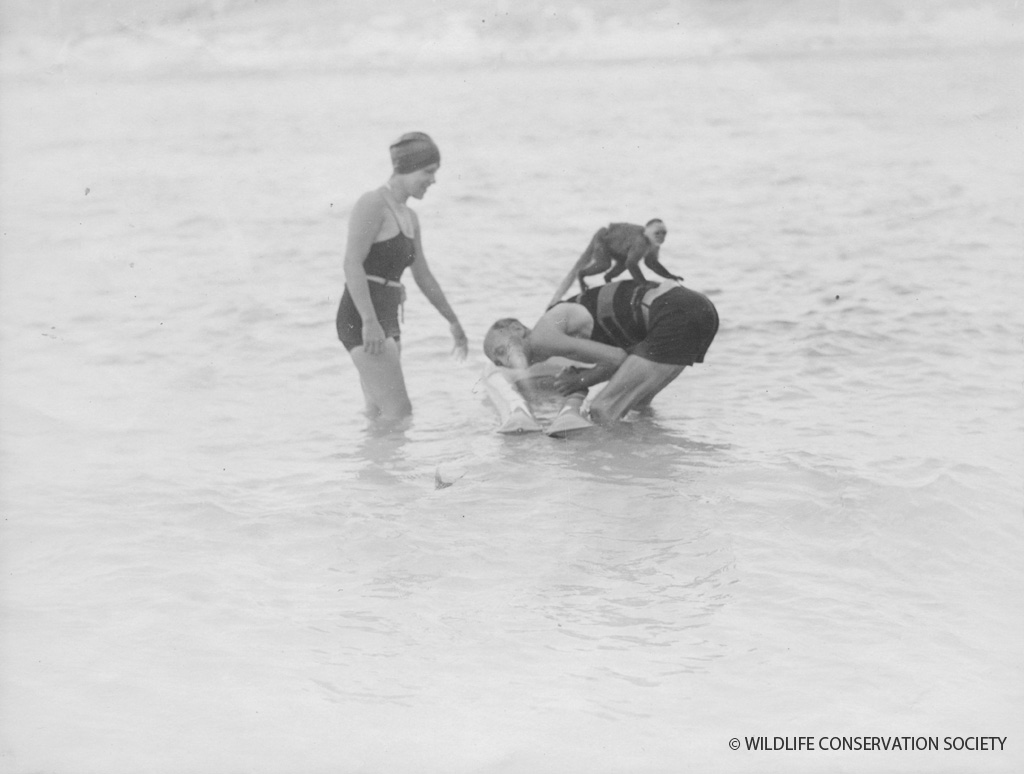
Absolutely fascinating. Nice to see that serious science and scientists allow for some fun and enjoyment as part of the important work.